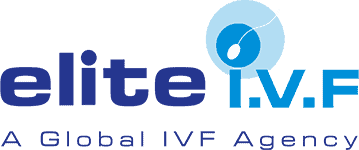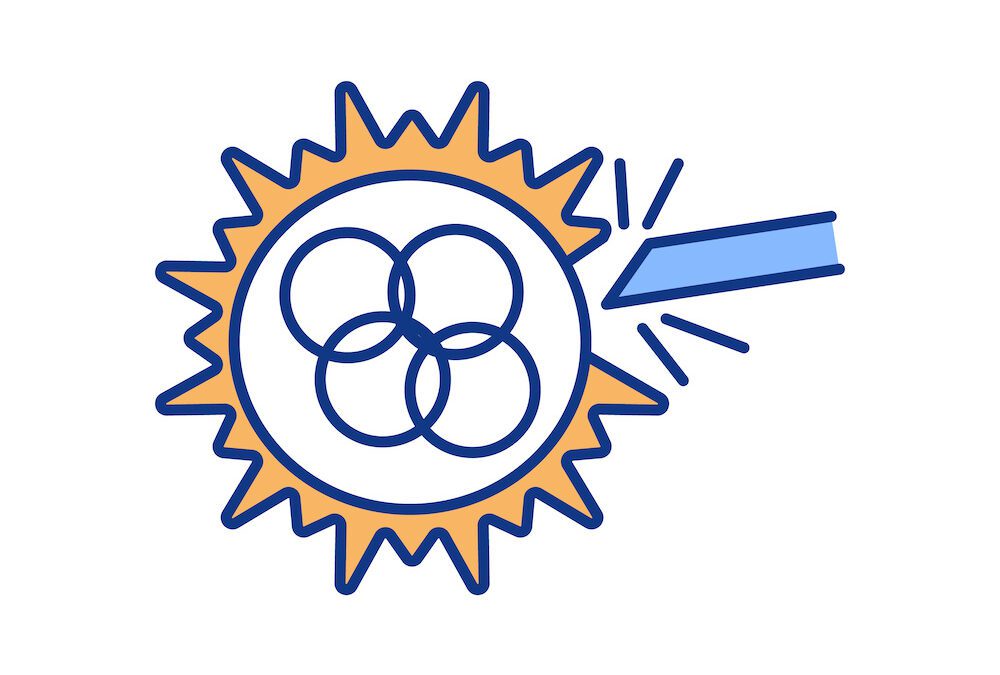For hopeful couples and individuals, IVF (in vitro fertilization) offers a promising path toward finally having the family of their dreams. With assisted hatching, IVF can actually be all that more effective as it can help the embryo implant within the uterus.
But what is assisted hatching exactly? And what are the assisted hatching success rates? Below, we answer these questions and more when it comes to assisted hatching and IVF.
What Is Assisted Hatching?
Assisted hatching is a procedure typically done alongside IVF. In a laboratory, the egg and sperm are combined to create an embryo. Your fertility team then selects the highest quality embryo for implantation within the uterus.
Yet, as the embryo grows and develops, it cracks through the “outer shell,” which actually allows it to implant sufficiently on the uterine wall. In some IVF cases, assisted hatching is performed, where a small crack is made in this outer shell to increase the chances of the embryo implanting and, thus, resulting in a pregnancy.
Fertility teams often use two main methods for assisted hatching if deemed appropriate. To weaken the outer shell of the embryo, an acidic solution may be applied, or a laser may be used to “crack” the outer shell. Your fertility team will assess which method is most appropriate and suitable during your IVF proceedings.
Candidates For Assisted Hatching
Surprisingly, fertility teams won’t recommend that all IVF patients receive assisted hatching. Simply put, not everyone needs this procedure. Generally, assisted hatching is performed for certain groups of people, such as individuals who have had previous multiple IVF failures or those with a low chance of achieving a pregnancy. In many cases, assisted hatching may be recommended for women who are 37 years or older due to the drastic decline in fertility that occurs after this age.
Your fertility team may also perform assisted hatching if a preimplantation genetic diagnosis (PGD) is planned. Performing an assisted hatching procedure can actually make it easier to extract a biopsy for the PGD.
What Is The Assisted Hatching Process?
The assisted hatching process usually involves the use of a laser. However, as previously mentioned, it may also involve the application of certain chemicals. Yet, the laser method is probably the most commonly practiced procedure.
With the laser-assisted hatching process, a small hole is made in the zona pellucida by an embryologist on the third day of embryo development. This process can further be performed on frozen or thawed embryos.
Assisted Hatching Success Rates
According to various research, assisted hatching has clinical pregnancy rates of 38% and implantation rates of 50%. This research was specifically done on fresh embryos. For frozen embryos, assisted hatching success rates were 13.7%, where 13.7% implanted sufficiently, leading to pregnancy.
Assisted Hatching Risks
As with any procedure, assisted hatching doesn’t come without risks. Various research shows that there is an increased risk of identical twins with assisted hatching. Yet, it is very rare that an embryo is actually damaged via the assisted hatching procedure.
Assisted Hatching IVF Cost
Depending on where you go, assisted hatching costs may vary. Generally, most fertility teams and clinics charge between 200 and 700 dollars. This is on top of the IVF costs involved.
At ELITE IVF, our team is dedicated to making your baby dreams come true. With our team, you can rest assured you made the right choice. Our compassionate and caring team of experts is with you every step of the way, ensuring all protocols are properly carried out and that you feel comfortable throughout the process. Contact us today for more information.


